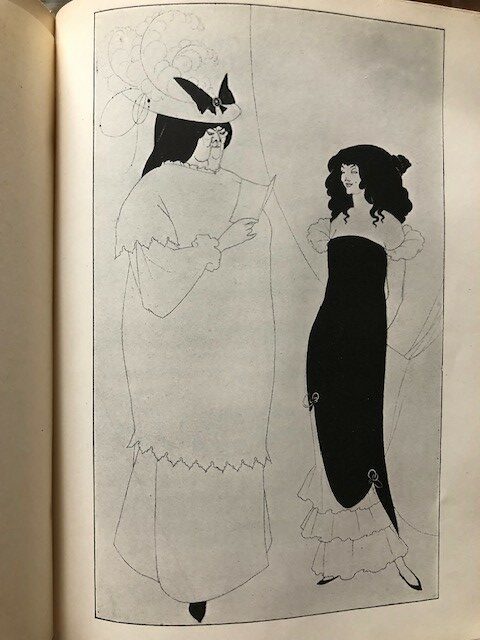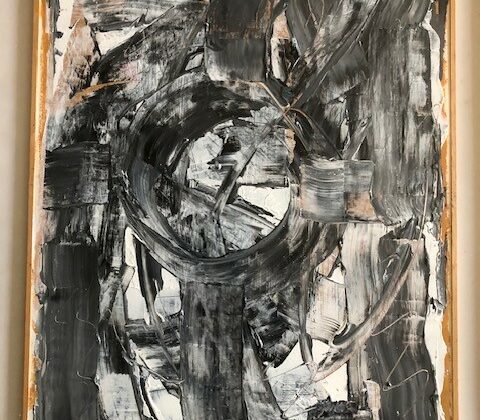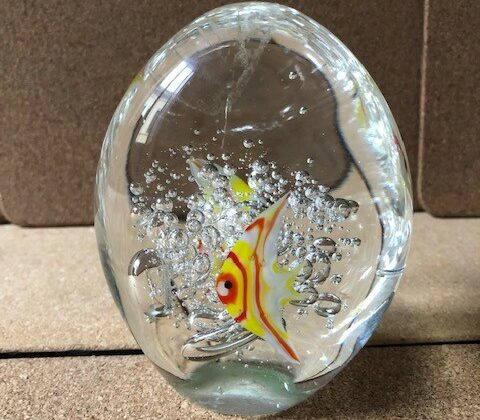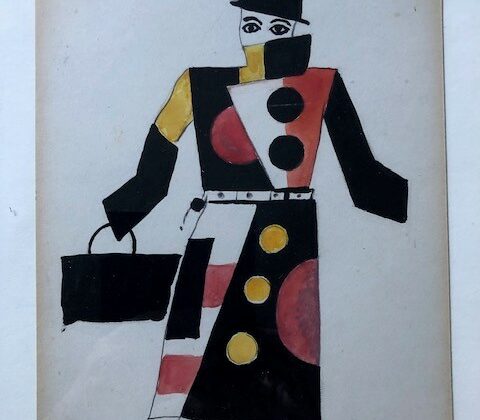The Yellow Book, a book with great style
Prof. Francesco Carelli
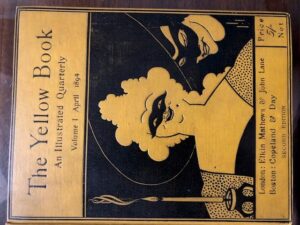
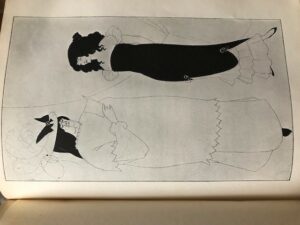
The Yellow Book was a British quarterly literary periodical that was published in London from 1894 to 1897. The periodical was priced at 5 shillings (£0.25, equivalent to £36 in 2024) and lent its name to the “Yellow Nineties”, referring to the decade of its operation.
The Yellow Book was a leading journal of the British 1890s; to some degree associated with aestheticism and decadence, the magazine contained a wide range of literary and artistic genres, poetry, short stories, essays, book illustrations, portraits, and reproductions of paintings. Aubrey Beardsley was its first art editor, and he has been credited with the idea of the yellow cover, with its association with illicit French fiction of the period. Though Oscar Wilde never published anything within its pages, it was linked to him because Beardsley had illustrated his Salomé and because he was on friendly terms with many of the contributors. The magazine is also alluded to across his literature. In Wilde’s The Picture of Dorian Gray (1891), a major corrupting influence on Dorian is “the yellow book” which Lord Henry sends over to amuse him after the suicide of his first love. Such books in Paris were wrapped in yellow paper to alert the reader to their lascivious content.
A covert allusion to the “Yellow Book” can also be found in Wilde’s drama, An Ideal Husband (1895). The character Mrs Cheveley states that she has “never read a Blue Book. I prefer books … in yellow colours.” This remark also appears to contrast the statistical and informational blue books almanacs with the artistic and literary “yellow” books of the 1890s. Considering the later date of this drama’s debut, 1895, than that of The Picture of Dorian Gray, it can be inferred that it is perhaps more likely that Mrs Cheveley’s own allusion is to the actual “Yellow Book” magazine, seeing as its publication began in 1894.
The Yellow Book differed from other periodicals in that it was issued clothbound, made a strict distinction between the literary and art contents (only in one or two instances were these connected), did not include serial fiction, and contained no advertisements except publishers’ lists. Its brilliant colour immediately associated the periodical with illicit French novels – an anticipation, many thought, of the scurrilous content inside. The article ‘A Defence of Cosmetics’ by Max Beerbohm appeared in the first volume, causing something of a sensation and establishing his reputation.
Beardsley’s contribution transformed The Yellow Book into a periodical associated with the more decadent attitudes of the fin-de-siecle. It was the decision of both Beardsley and editor Henry Harland to design the book in accordance with the French novel. Its variegated array of contributors associated The Yellow Book with the impressionism, feminism, naturalism, dandyism, symbolism and classicism all participated in the politics of decadence in the nineties.
The Yellow Book has been credited as commercially the most ambitious and typographically the most important of the 1890s periodicals. It gave the fullest expression to the double resistance of graphic artists against literature, and Art against commerce, the double struggle symbolized by the paired words on the contents-pages of the Yellow Books: Letterpress and Pictures, Literature and Art.”
The equilibrium which The Yellow Book poses between art and text is emphasized by the separate title pages before each individual work whether literary or pictorial. The use of title pages announces the piece before the viewer’s eye is allowed to glimpse it, separating the work from the other contributions and presenting each individual work as both serious and independent from the whole.
Its asymmetrically placed titles, lavish margins, abundance of white space, and relatively square page declare The Yellow Book’s specific and substantial debt to Whistler. The copious amount of blank space utilized by this book brought the magazine simplicity and elegance.
The use of white space is positive rather than negative, simultaneously drawing the reader’s eye to the blank page as an aesthetic and essentially created object. The first issue of The Yellow Book’s prospectus introduces it “as a book in form, a book in substance; a book beautiful to see and convenient to handle; a book with style, a book with finish; a book that every book-lover will love at first sight; a book that will make book-lovers of many who are now indifferent to books”.


